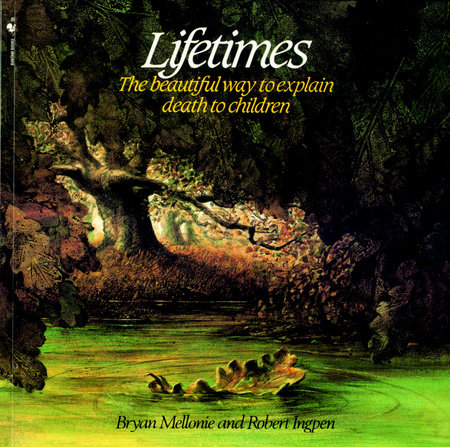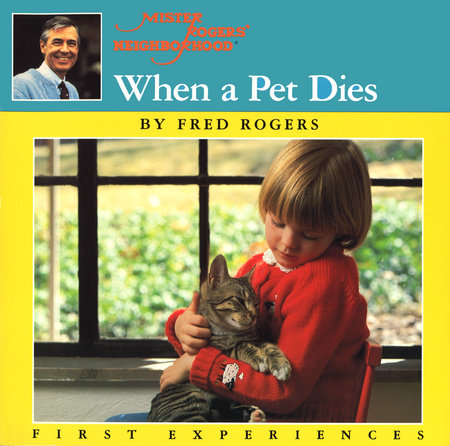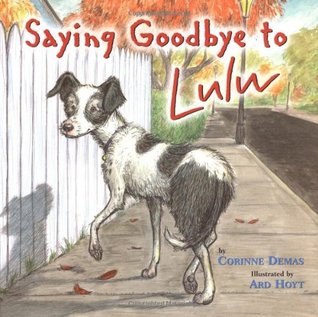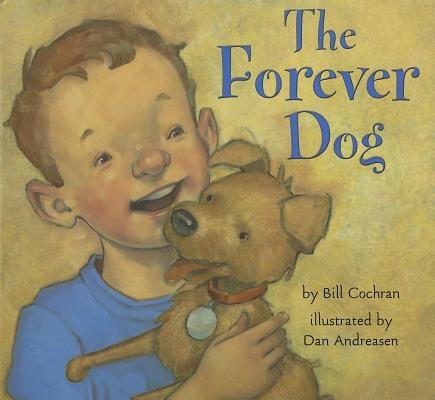Hard Goodbyes: Books to Help Children Grieve the Death of a Pet
by Sharon Holbrook
No matter what your age, losing a pet is hard. For many kids, though, the death of a pet brings an added challenge: It’s often their first experience of losing someone they love.
At our house, we’re on the brink. We have two beloved and elderly cats, one of whom has a serious chronic illness that requires daily pills and needles. It can’t last forever.
My five- and eight-year-old daughters know the sad truth about our kitty, and they wanted to help make this experience a bit easier for other kids. So they bravely chose to read twenty-two books about pet loss with me so that, together, we could select the best ones for other parents to read with their children. Tears were shed by all — including me — but I think we’ll be more ready when the time comes. If you’ve got furry friends in your house, I hope these books will help your family, too.
-
On Death
Little ones may not understand what it even means to die, or why it must happen. These stories start with the clear facts, introduced with compassion.
-
Lifetimes: The Beautiful Way to Explain Death to Children
Available from:This lyrical, poetic picture book is not at all scary or particularly sad. It explains “how things are” for plants, insects and other animals, and even people — that we all have lifetimes, which must begin and end. True to its subtitle, the book is quite beautiful, thanks in large part to Ingpen’s soothing depictions of the natural world.
Also available from: -
When a Pet Dies
Available from:This nonfiction book is a classic from the gentle Mr. Rogers. When a Pet Dies helps children understand death itself: “When a pet dies, it isn’t alive anymore, so it can’t wake up again. A pet that dies stops breathing and moving.” But it also connects the experience of death to children’s emotional lives, explaining: “There will come a time when your sadness and anger have gone away … a time when you can feel happy again about the good times you and your pet had together.” Honestly addressing children and their concerns, this book both clarifies and comforts.
Also available from:
-
On What Happens to Pets After Death
We don’t know what, if anything, happens to pets after they die. But this doesn’t keep children from imagining, especially when it comes to glorious afterlives. Your kids are going to ask where their beloved pet is now — so you might as well have books on hand that will help you find encouraging answers. As my eight-year-old said, “I like these books because they are about good things, and that makes me feel happier.”
-
Cat Heaven and Dog Heaven
Rylant’s books sidestep death itself and skip straight to the deliciousness of pet paradise. Dog Heaven is a place filled with wide lakes, loud geese, angels, and children — which, Rylant explains, dogs love “more than anything else in the world, so [God] fills Dog Heaven with plenty of them.” Meanwhile, in Cat Heaven, the kitties snuggle in cozy laps, enjoy abundant cat toys, and eat tuna from bowls set right on the counter. In Rylant’s books, both cats and dogs invisibly return to earth to check on their people, and my daughters simply adore this idea. On a more practical note, Rylant’s illustrations of angels and God himself in a variety of skin tones are refreshingly inclusive.
-
The Tenth Good Thing About Barney
Viorst’s likable young narrator tells us that his cat Barney died last Friday, and that he was very sad. “I cried, and I didn’t watch television. I cried, and I didn’t eat my chicken or even the chocolate pudding. I went to bed, and I cried.” After a backyard funeral, a friend says that the cat is in heaven, but Barney’s owner argues that the cat is simply in the ground. His Dad says he doesn’t know which of the two is right. Later, in the garden, they ponder the mystery of seeds turning into flowers. “Things change in the ground.” The boy wonders, “Will Barney change too?” Yes, he will, Dad says. “He’ll help grow the flowers, and he’ll help grow that tree and some grass. You know, that’s a pretty nice job for a cat.” Tenderly written, and respectful of the child who is a realist with a heart.
-
On Feeling Better … Eventually
When sadness is fresh, it can be hard to see hope ahead. These books help kids realize that even losing a pet is a wound time can heal.
-
Alfie and the Birthday Surprise
Alfie’s middle-aged neighbor, Bob MacNally, loses his beloved cat, Smoky. Everyone, including Alfie, has a good cry, and everyone starts to feel better — except Bob. As Bob’s birthday approaches, they all plan a surprise party, but it’s the MacNally daughter who, with Alfie’s help, has the biggest surprise of all: a new kitten. “Boots soon settled down as one of the MacNally family, and Bob grew very fond of him. Though, of course, they never forgot dear old Smoky.” The death of the old cat fairly early in the tale, coupled with the story’s leisurely movement toward the arrival of a new kitten, allows for the gentle suggestion that things do, in time, get better.
-
Saying Goodbye to Lulu
This is a sweet, straightforward story about a girl and her beloved but ailing dog. “One day, Lulu couldn’t stand up. She slept all day. She didn’t eat. She wet her bed.” The next day, when the girl returns from school, Lulu is dead. Lulu is buried in the backyard on a fall day, and her girl mourns. Time passes and, the following summer, the family adopts a puppy. “You’re not Lulu,” the girl whispers to him. “Still, I’ll love you, too.”
It is worth noting that Saying Goodbye to Lulu wisely avoids any discussion of euthanasia, though it’s quite possible this is how Lulu died. My daughters found discussions of putting animals down in a few other books very upsetting. Even if that’s what happens to your pet, consider whether your child is ready for discussions of the vet’s assistance in ending your pet’s life.
-
The Forever Dog
Many books about pet death end on the high note of a new pet being added to the family, either right away or after a mourning period. But what if another pet isn’t in your family’s future? The Forever Dog manages to end positively without the appearance of a new pet. Mike and his dog Corky had promised each other to be together forever, so when Corky suddenly becomes sick and dies, Mike feels both sad and angry. Eventually, through his mom’s guidance, Mike realizes that Corkywill always be with him and that the pain he feels is part of getting Corky settled in his new forever home — in Mike’s heart.







